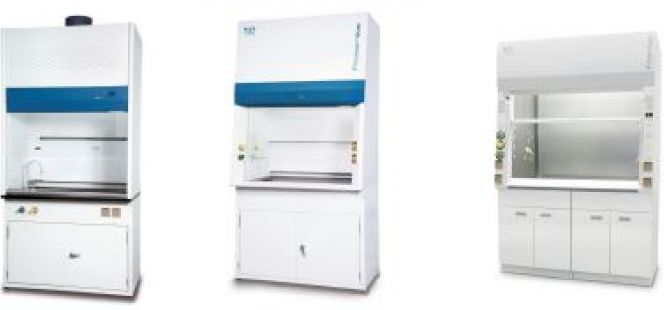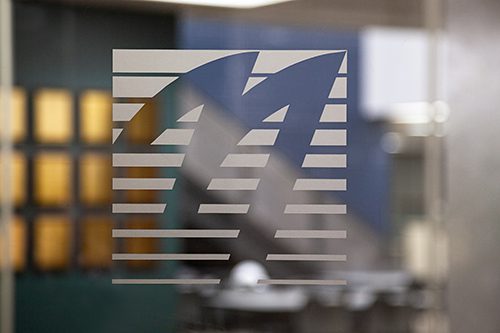The University of California Center for Laboratory Safety has published a series of Consensus Statements on fume hood safety, based on a 2013 summit and subsequent discussions by experts in the field.
The statement was edited by Louis DiBerardinis, director of EH&S at Massachusetts Institute of Technology, and Imke Schroeder, research project manager at the UC Center for Laboratory Safety. G/BA Chairman Dan Doyle was one of 18 summit participants and statement authors.
The report reflects technological developments in the 15 years since a prior set of fume hood consensus statements was generated in 1998. Major changes cited in the “best practices” report include:
- Increased use of buildingwide variable air volume systems in laboratories with chemical fume hoods.
- Heightened awareness of the impact of laboratory ventilation systems on financial and environmental sustainabilty of laboratories, and energy conservation.
- Advances in laboratory chemical fume hood design that allow for effective containment at lower face velocities and flow rates.
- Changes in the American National Standards Institute (ANSI) Z9.5-2012 and National Fire Protection Association (NFPA) 45 standards, which replace the specific minimum flow requirement of 25 cfm per square foot of work surface through all chemical fume hoods with a more flexible case-by-case assessment. The updated standards provide some guidance on how to select the minimum flow requirement and suggest in most cases the minimum to be between 10 and 25 cfm per square foot.
- Advances in laboratory chemical fume hood containment testing allowing for more accurate assessment of containment under various ventilation conditions.
- Vastly improved tools such as software for overall laboratory ventilation system design and operation, e.g., the Computational Fluid Dynamics (CFD) software, building controls automation systems, and real-time sensors to monitor air contaminants.
- Improvements in the design, operation and testing of ductless hoods as an alternative to standard laboratory hood exhaust for some lower hazard material handling.
- Improved design of supply and exhaust systems to achieve effective air change patterns with reduced room air change rates.
- Impact of sustainability initiatives, which have gained increased importance at many universities and research institutions. For example, UCLA sponsored a chemical fume hood competition in fall 2008 to examine how much energy could be conserved by lowering sash heights of chemical fume hoods. A reduction of the average sash height of 5.4 inches resulted in a reduction of 1.4 million lbs. of CO2 emissions in one year – the equivalent of taking 205 cars off the road for an entire year.
The 36-page report, entitled “Chemical Fume Hood and Laboratory Ventilation: Operation, Design and Performance Testing 2013,” includes 55 consensus statements, 32 of which represent either new material or major revisions of the 1998 statements. It is available as a free .pdf download by clicking here.



